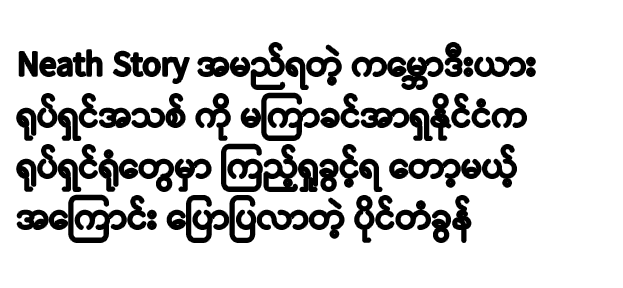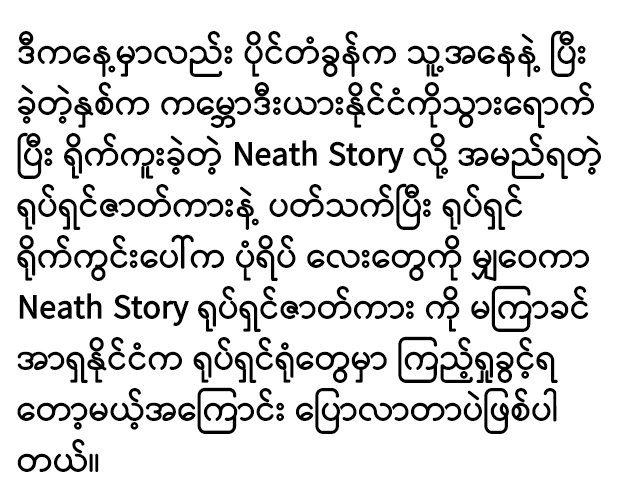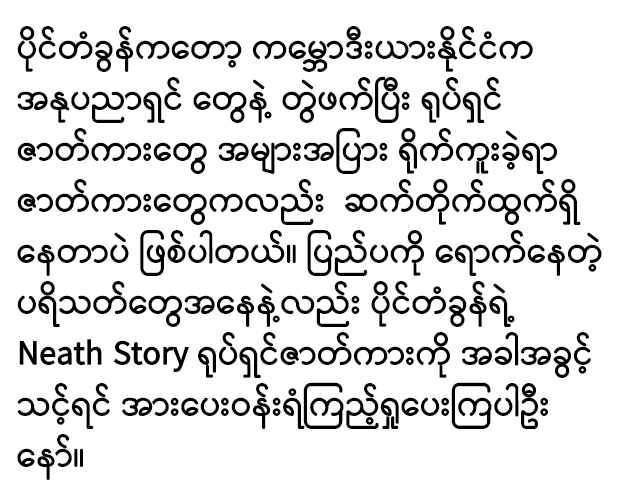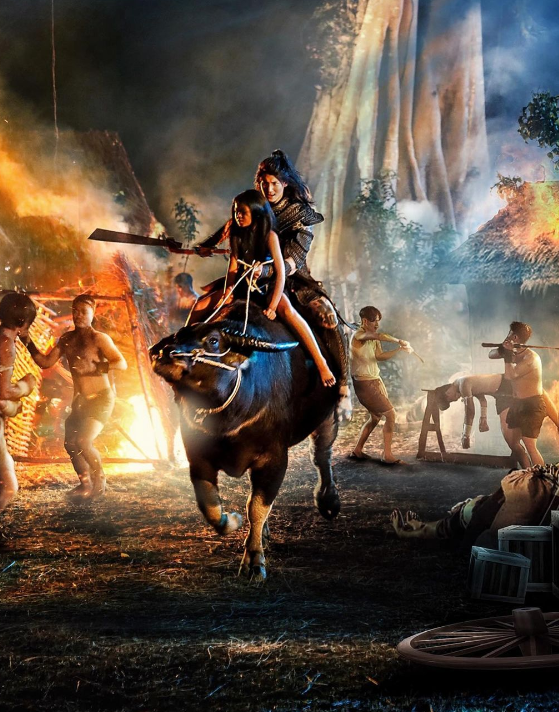








In the ever-evolving landscape of content creation, technology has emerged as a powerful ally, reshaping the way we produce and consume information. Among the most transformative innovations is the integration of artificial intelligence (AI) into content creation processes, revolutionizing the efficiency, creativity, and accessibility of content generation. This article explores the burgeoning field of AI in content creation, focusing on automated writing and design, and delves into its implications, capabilities, and future prospects.
Understanding AI in Content Creation
What is AI in Content Creation?
AI in content creation refers to the use of artificial intelligence technologies to automate various aspects of the content production process, including writing, designing, and optimizing content for different platforms. By leveraging algorithms and machine learning, AI systems can analyze data, understand context, and generate high-quality content that mimics human creativity and logic.
The integration of AI in content creation enables organizations to streamline their workflows, enhance productivity, and deliver engaging content at scale. From generating product descriptions and blog posts to designing visual elements and personalized recommendations, AI-powered tools are reshaping the content creation landscape.
The Rise of Automated Writing
How Does Automated Writing Work?
Automated writing utilizes natural language processing (NLP) algorithms to generate written content autonomously. These algorithms analyze large datasets of text to understand language patterns, semantics, and context, enabling them to produce coherent and contextually relevant content. Additionally, AI-driven writing tools can adapt their style and tone to match specific brand guidelines or audience preferences.
AI-powered writing platforms offer a range of functionalities, including content ideation, drafting, editing, and optimization. By harnessing the power of machine learning, these tools can generate content across various formats and topics with remarkable speed and accuracy.
Benefits of Automated Writing
- Efficiency: Automated writing significantly accelerates the content creation process, allowing organizations to produce vast quantities of content in a fraction of the time it would take manually. This efficiency enables businesses to maintain a consistent publishing schedule and respond swiftly to market trends and consumer demands.
- Consistency: AI-powered writing tools ensure consistency in tone, style, and messaging across all content assets, reinforcing brand identity and enhancing the overall user experience. By adhering to established brand guidelines, automated writing minimizes the risk of inconsistencies or errors in communication.
- Scalability: With automated writing, scalability ceases to be a limiting factor in content production. Organizations can effortlessly scale their content output to meet growing audience demands without compromising quality or resource allocation. Whether creating blog posts, social media updates, or product descriptions, AI-driven writing tools can handle diverse content requirements with ease.
Empowering Design with AI
The Role of AI in Design
In addition to revolutionizing written content creation, AI is also transforming the field of design, offering innovative solutions for visual storytelling and brand communication. AI-powered design tools leverage machine learning algorithms to analyze visual data, understand design principles, and generate compelling graphics, layouts, and multimedia content.
From logo generation and image enhancement to website design and video editing, AI-driven design platforms empower creatives to explore new possibilities and push the boundaries of visual expression. By automating repetitive tasks and offering intelligent design suggestions, these tools enable designers to focus on higher-level creative decisions and strategic thinking.
Advantages of AI-driven Design
- Creativity Enhancement: AI-driven design tools serve as creative collaborators, offering inspiration, suggestions, and alternative design solutions to human designers. By harnessing the power of generative algorithms, designers can explore a wider range of design options and push the boundaries of creativity.
- Time Savings: Traditional design processes often involve time-consuming tasks such as manual image editing, layout experimentation, and color selection. AI-driven design tools automate these processes, significantly reducing the time and effort required to create visually stunning content. This time savings allows designers to allocate more resources to conceptualization and innovation.
- Personalization: AI-powered design tools enable personalized content creation at scale by analyzing user preferences, behavior, and demographics. From dynamic website layouts to customized marketing collateral, AI-driven design solutions empower organizations to deliver tailored experiences that resonate with their audience on a deeper level.
Future Trends and Considerations
The Evolution of AI in Content Creation
As AI technologies continue to advance, the future of content creation holds exciting possibilities and challenges. From the proliferation of deep learning models to the integration of AI into virtual and augmented reality environments, the boundaries of automated writing and design are constantly expanding.
However, alongside the promise of innovation, ethical considerations and accountability become increasingly important. As AI assumes a more significant role in content creation, ensuring transparency, fairness, and accountability in algorithmic decision-making becomes paramount. Additionally, addressing concerns related to data privacy, bias mitigation, and content authenticity will be essential in fostering trust and credibility in AI-driven content.
Human-AI Collaboration
While AI offers unprecedented capabilities in content creation, it is essential to recognize the complementary nature of human creativity and AI-driven automation. Rather than replacing human creators, AI serves as a powerful tool that augments human capabilities, enhances productivity, and unlocks new creative possibilities.
By embracing a collaborative approach to content creation, organizations can harness the strengths of both humans and AI, leveraging human intuition, empathy, and creativity alongside the computational power and efficiency of AI algorithms. This synergy enables the co-creation of content that resonates with audiences on emotional, intellectual, and aesthetic levels, fostering deeper engagement and connection.
In conclusion, the integration of AI in content creation, particularly in automated writing and design, represents a transformative paradigm shift in how we produce, consume, and interact with content. By harnessing the power of artificial intelligence, organizations can unlock unprecedented efficiency, creativity, and scalability in content generation, driving innovation and competitive advantage.
As AI technologies continue to evolve and mature, the future of content creation holds immense promise for collaboration, innovation, and meaningful engagement. By embracing AI as a creative ally and addressing ethical considerations with transparency and accountability, we can harness the full potential of AI in content creation to shape a more vibrant, diverse, and dynamic digital landscape. AI in content creation: automated writing and design? The possibilities are limitless.